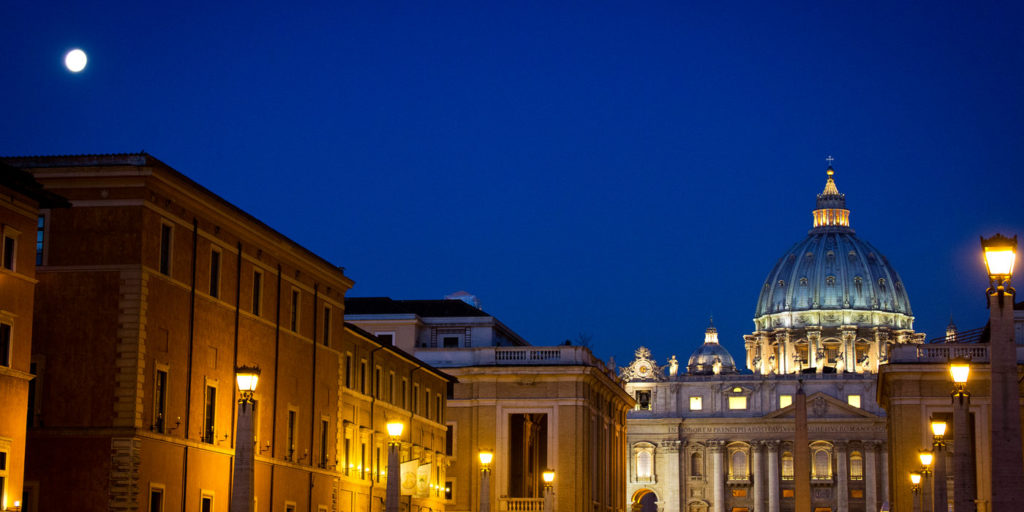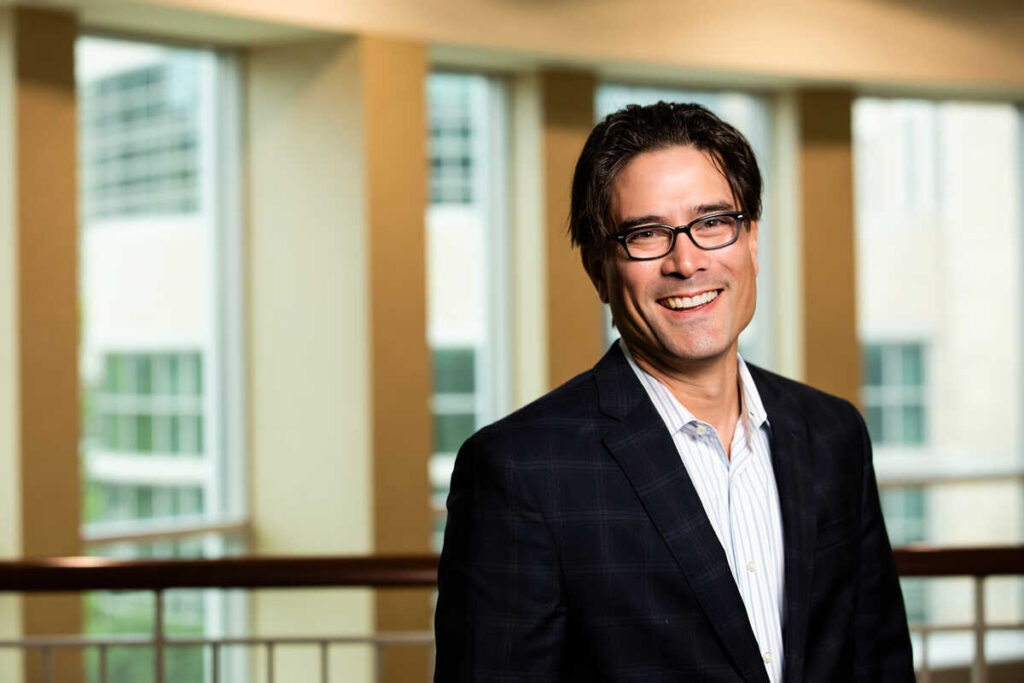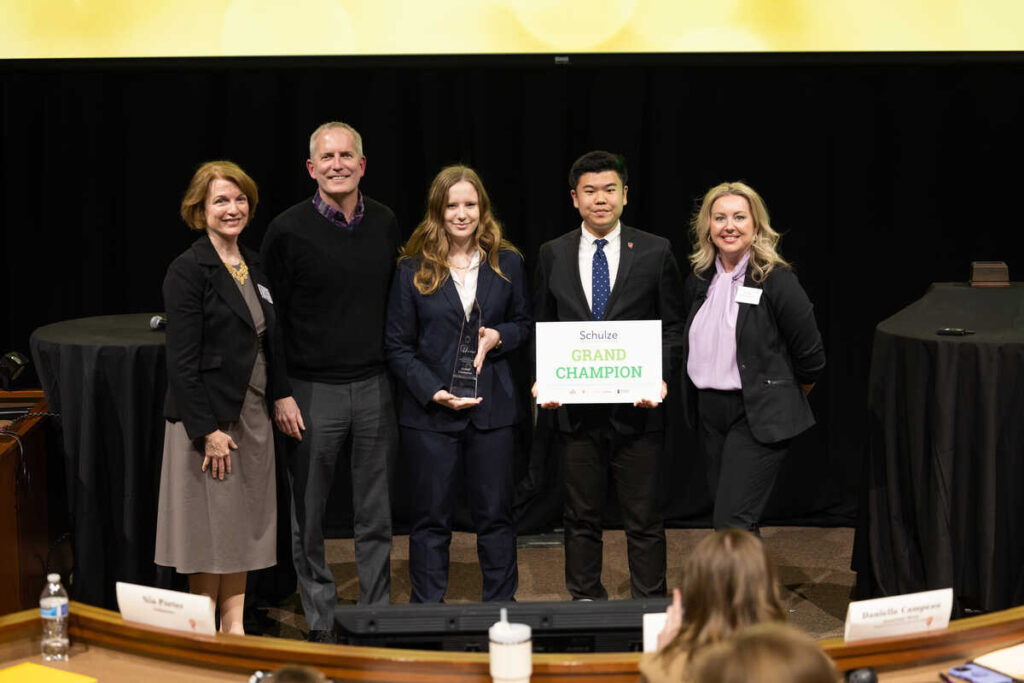 Sorting Out Catholicism: A Brief History of the New Ecclesial Movements is not merely the English translation of the book published in Italy in the spring of 2008 under the title, Breve storia dei movimenti cattolici (and translated into Spanish in 2011). The second part of the book is essentially new, and is the attempt to “translate” for an English-speaking public the research that I began in an Italian and European context.
Sorting Out Catholicism: A Brief History of the New Ecclesial Movements is not merely the English translation of the book published in Italy in the spring of 2008 under the title, Breve storia dei movimenti cattolici (and translated into Spanish in 2011). The second part of the book is essentially new, and is the attempt to “translate” for an English-speaking public the research that I began in an Italian and European context.
The main topic of this book is the transition from a hierarchically led lay apostolate called Catholic Action to new forms of lay apostolate (such as the Focolare movement and the Community of Sant’Egidio) and mixed lay-clerical institutions and congregations (such as Opus Dei and the Legionaries of Christ). This book is not intended as a comprehensive history of all the Catholic movements that emerged and developed in the twentieth century. In fact, only a few references are made to crucial phenomena in American Catholicism, such as Dorothy Day’s Catholic Worker movement. Likewise, it includes very little on recent evangelical Catholic movements. It also neglects the more ecumenical and interdenominational character of some of the new Catholic movements outside Europe, and within the United States specifically. Instead, the main topic of this book deals with the new Catholic movements that originated in Europe in the period between the 1930s and 1970s. These movements had a relatively direct relationship to the theological and ecclesiological roots of Catholic Action as a form of lay apostolate guided by the Church hierarchy (bishops and popes), and that have since become international Catholic movements in the sense that they have spread from Europe to the rest of the world.
This book is perhaps more important today than at the time it was first published in Italy in 2008. Today, world Catholicism is experiencing a particular historical moment in which the influence of Catholic movements is particularly strong, thanks to the New Evangelization launched by Saint John Paul II, resumed by Pope Benedict XVI, and reinvigorated by Pope Francis. American Catholicism is taking an unprecedented leading role for the church worldwide. Hence, the publication of this book in North America is part of my attempt to act as a liaison, or as a mediator, between theological ideas and different religious experiences between two continents, Europe and North America. These ideas and experiences can be much more distant than we normally might realize, even inside the same Catholic world.
What has not changed, however, is the central thesis of the book, namely, that the new ecclesial movements are some of the key experiences for understanding the complexity of the relationship between Catholicism and the modern world in the twentieth century. The book also discusses the relationship between the Second Vatican Council and the experience of the preconciliar and postconciliar Catholic Church and what this experience says about the hermeneutics of Vatican II. The perspective of the research has expanded, as did the intent to understand this particular issue within a scope that is not only European. It is up to the Anglophone reader to judge whether this book is able to account for the argument, intended for a segment of the world, specifically for an English-speaking North American context, which is ever more important for the future of world Catholicism.
For Catholic and non-Catholic readers in the English-speaking world, where Catholic movements of the evangelical type are increasingly flourishing, the usefulness of this book is essentially twofold. First, it allows us, from a historical point of view, to draw a comparison between three different moments of the organization of the laity in the Catholic Church: the era of Catholic Action (from the 1920s to the Second Vatican Council); the era of the international new Catholic movements (emerging between World War II and the 1970s); and the current era, characterized by new Catholic movements that have permanently lost their ties with the first period. The second way in which the book will be useful is to offer—from a theological perspective and to theologians and others who observe the Catholic Church phenomenon with an eye on the history of the church—insight into the ecclesiological effects of the first wave of the new Catholic movements on the relationship in Catholicism between institution and charism. This rationale can be useful for the purpose of forming an opinion on Catholic evangelical movements, even though this book does not directly address this topic because this book takes its start from the perspective of the movements of European origin that eventually spread worldwide.
This book also tries to address the issue of the role of Catholics (organized in different ways: movements, associations, theological traditions) at the intersection between church, society, and the power of the state and government. The history of the ecclesial movements is relevant to the issue of the possibility for Catholics to influence “the world” without being completely absorbed by politics but also without being constrained by the institutional mechanisms of the church. In other words, the phenomenon of the ecclesial movements is a key aspect of a larger issue at the core of the debate about the nature of Catholicism in a secular age. There is no doubt that one of the typical features of our time is a political disillusionment that sometimes becomes an antipolitical sentiment—the ultimate secularism. Catholicism is part of this phenomenon, and in some cases the new ecclesial movements fit the current trend of a Catholicism that undermines political commitment in favor of a re-evaluation of Christian charity in a world made of small, almost utopian, communities. Engagement with the world or withdrawal from politics, inclusiveness and radical evangelism, social gospel and political homelessness—these are issues that are, in different measures, part of the spiritual and intellectual experience of the ecclesial movements between the end of the twentieth century and today. This book is just a brief history of different approaches to these issues.
Massimo Faggioli is a professor of church history at the University of St. Thomas. He has been on faculty since 2009.
From “theology matters,” a newsletter of the Department of Theology. Subscribe here.






